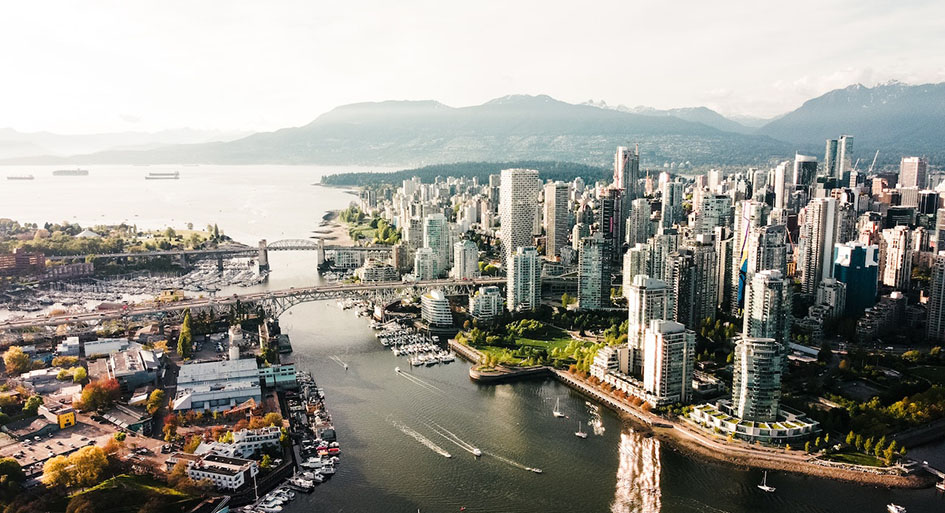Metro Vancouver has adopted an updated regional growth strategy to shape the region for the next three decades.
Metro 2050 the collective vision for how projected growth will be managed in the region to support the creation of complete, connected, and resilient communities. It will also protect important lands from development and support the efficient provision of urban infrastructure like transit and utilities.
“The adoption of this plan is a significant achievement,” said George V. Harvie, Metro Vancouver board chair. “It represents a commitment by every member in the regional federation, TransLink, and neighbouring regional districts to work together in the spirit of collaboration for the sake of future generations. I know we all believe that together we make our region strong.”
Metro 2050 is an update of the 2040 plan and addresses climate change, affordable housing concerns, and recent growth projections, and seeks to fully align with Transport 2050, the region’s transportation strategy. It includes a series of policy improvements based on learnings over the past 10 years.
“The purpose of this strategy is to promote the creation of communities that are socially, economically, and environmentally healthy, and make efficient use of public facilities and services, land, and other resources,” said Eric Woodward, chair of Metro Vancouver’s Regional Planning Committee. “Metro 2050 is the plan we need to address the big challenges we are facing as a region and to take advantage of the many opportunities in our shared future.”
The plan sets out five overarching key goals: create a compact urban area; support a sustainable economy; protect the environment and respond to climate change and natural hazards; provide diverse and affordable housing choices; and support sustainable transportation choices.
By 2050, it’s estimated that a million new residents will call this region home. Metro 2050 includes updated population, housing, and employment growth projections, and anticipates the need for the creation of approximately 500,000 new jobs and 500,000 new homes over the next 30 years.










